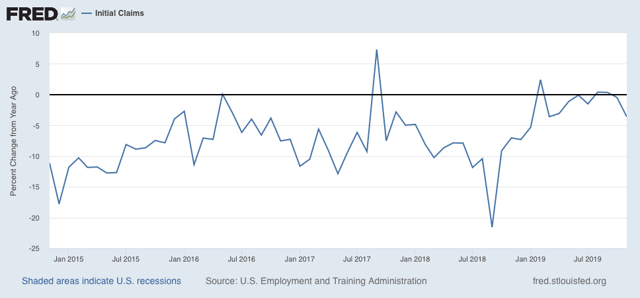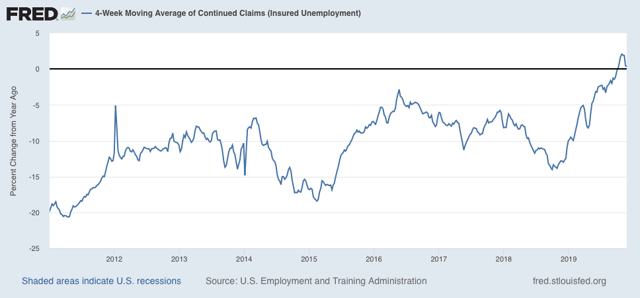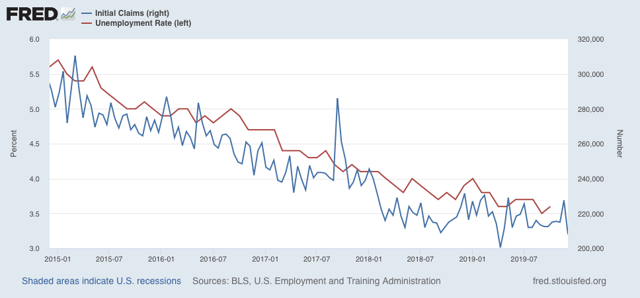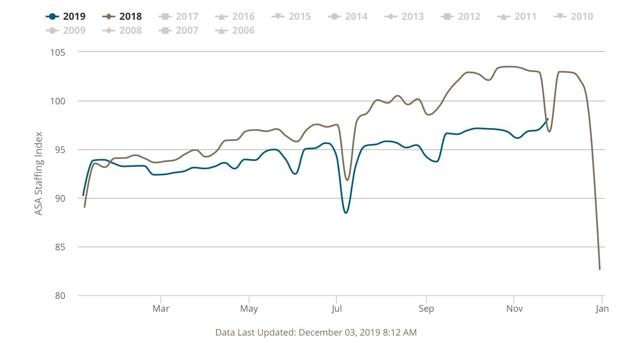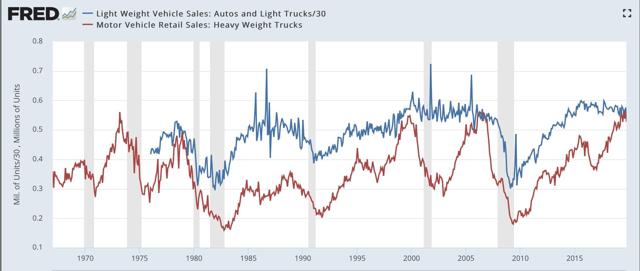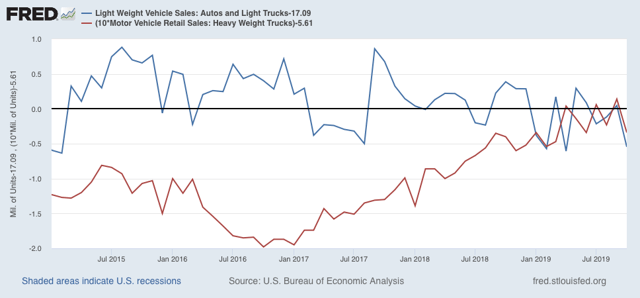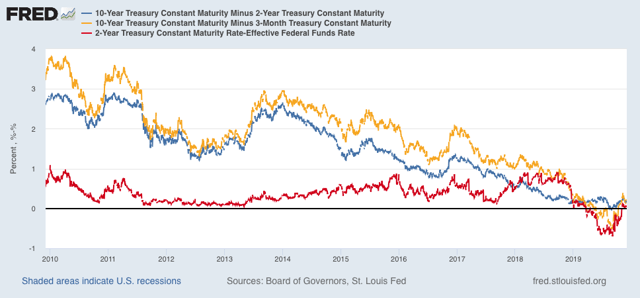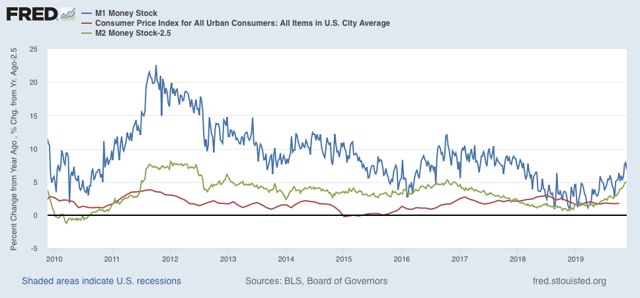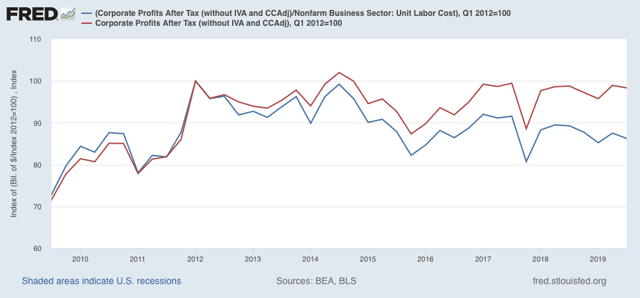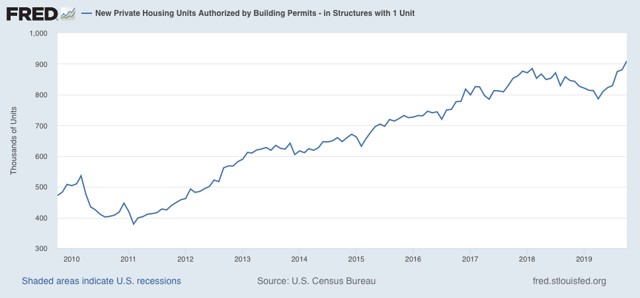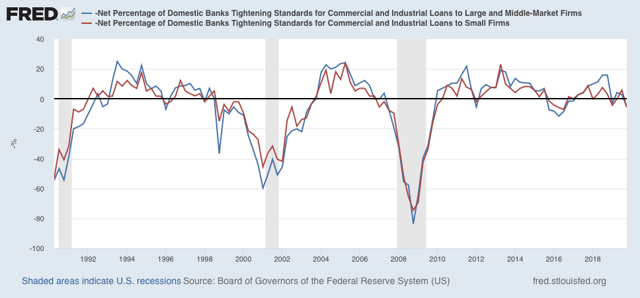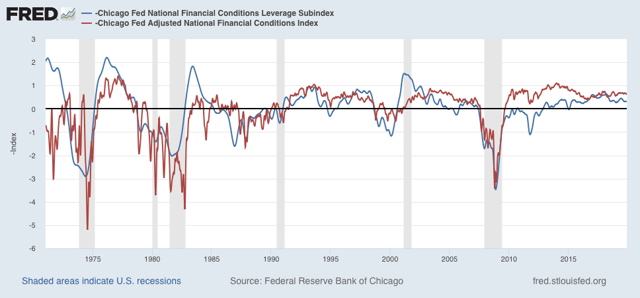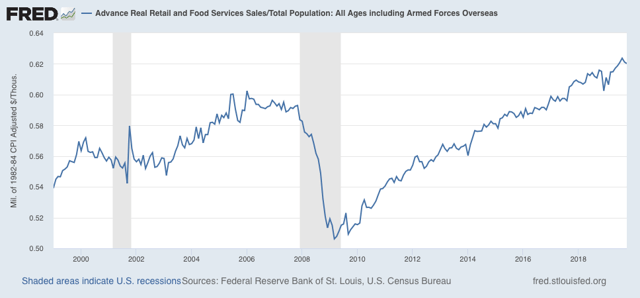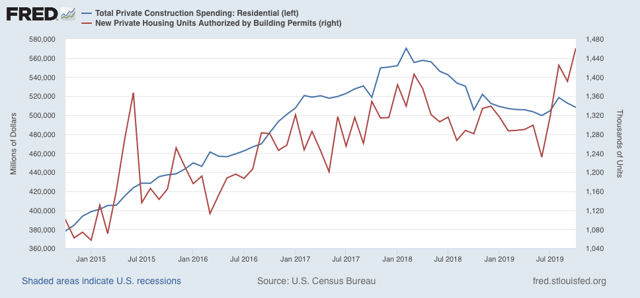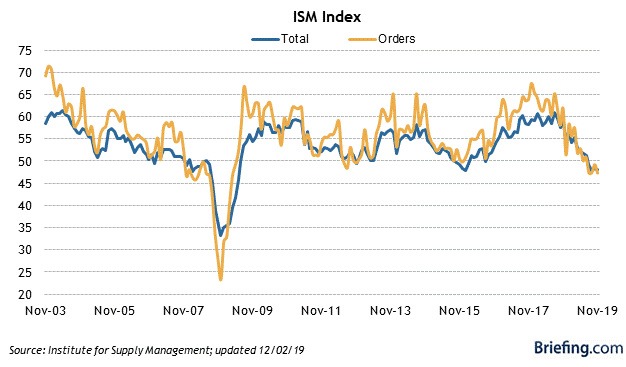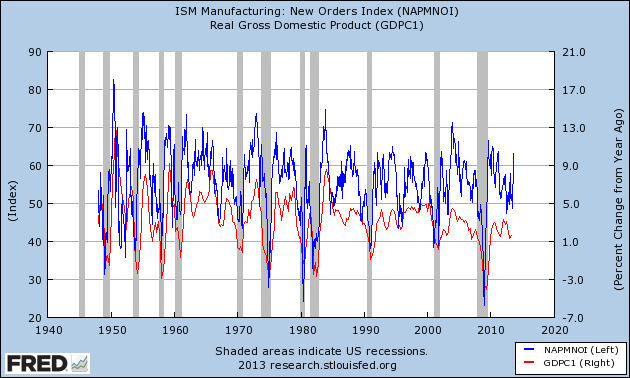- by New Deal democrat
In the Senate:
“Mr. Craving asked, and by unanimous consent obtained, leave to introduce a joint resolution proposing an amendment to the Constitution of the United States: . . .
“No State shall deny the right of suffrage or abridge the same to any male citizens of the United States twenty-one years of age or upwards except for participation in rebellion or other crime and also excepting Indians not taxed; but any State may exact of such citizen a specific term of residence as a condition of voting therein, the condition being the same for all classes.”. . . .
“Mr. Pomeroy asked and by unanimous consent obtained, leave to introduce a joint resolution proposing an amendment to the Constitution of the United States: . . .
“The basis of suffrage in the United States shall be that of citizenship, and all native or naturalized citizens shall enjoy the same rights and privileges of the elective franchise; but each State shall determine by law the age of the citizen and the time of residence required for the exercise of the right of suffrage, which shall apply equally to all citizens, and also shall make all laws concerning the time, places, and manner of holding elections.”
——
In the House of Representatives:
“Mr. Kelley introduced a joint resolution proposing an amendment to the Constitution of the United States . . .
“No State shall deny to or exclude from the exercise of any of the rights or privileges of an elector any citizen of the United States by reason of race or color.”
. . . .
“Mr. Broomall introduced a joint resolution proposing an amendment to the Constitution of the United States . . .
“Neither Congress nor any State by its constitution or laws shall deny or restrict the right of suffrage to citizens of the United States on account of race or parentage of such citizens; and all qualifications or limitations of the right of suffrage in the constitution or laws of any State based upon race or parentage, are, and are hereby, declared to be, void.”. . . .
“Mr. Stokes introduced a joint resolution proposing an amendment to the Constitution of the United States . . .
“No State shall make or enforce any law which shall deprive any citizen of the right of the elective franchise on account of race or color.”
[Source: Congressional Globe, 40th Congress, 3rd Session, pp. 6, 9, 11.]
In view of the gutting of portions of the Voting Rights Act in the Shelby County case, and the subsequent passage of numerous voter suppression laws, and also the ongoing crisis of extreme gerrymandering, for several years I have wanted to write a series examining those issues from the viewpoint of the Congress that passed the Fifteenth Amendment 150+1 years ago. Finding the debates in the record of Congress proved diabolically hard, which is why I didn’t undertake this task one year ago. Recently the index in Prof. Eric Foner’s book “The Second Founding,” which discussed the post-Civil War Amendments in great detail, proved very helpful in locating many (although not all!) of those debates in the record.
So - no promises, because this involves reading about 1000 pages of tiny script in the Congressional Globe (the forerunner to the Congressional Record)! - I hope to follow this post up with day-by-day highlights of that debate, on the dates the statements were made, many of which clearly set forth the Congressional intent, and anticipated many of the issues we face now, 150 years later.
Notice the difference between the two Senate proposals and the three House proposals. The Senate proposals would codify a broad right to vote, and allow certain exceptions or qualifications to that right. The House proposals, on the other hand, narrowly prohibit racial discrimination in the right to vote, while being silent on other qualifications and notably not conferring a Constitutional “right to vote.”
Of course, we know which version ultimately was enacted. The reasons why will become apparent as we watch the debates progress.
